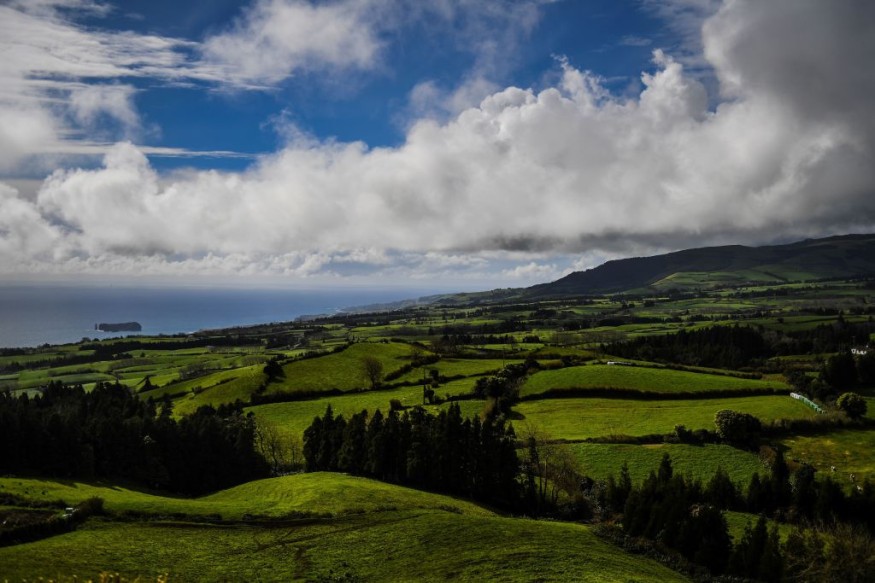Earthquake swarms or small shocks have posed a threat to the Sao Jorge Island (Azores Islands) in Portugal for several days.
This came after around 2,000 small quakes were recorded in the Azores archipelago last weekend and have continued for several days.
The event has raised concerns for a potential major earthquake or volcanic eruption, prompting a potential evacuation plan.
Earthquakes are common in Portugal, but the risk of the re-occurrence of another megaquake is still possible, with the last one that happened nearly 300 years ago in 1755.
Several Days of Earthquakes

According to Portugal's meteorological office Portuguese Institute of the Sea and Atmosphere (IPMA), multiple small earthquakes or earthquakes swarms have continued in Azores Islands for several days since the afternoon of Saturday, March 19, until the early hours of Thursday, March 24.
There are no immediate reports suggesting that the small quakes have resulted in casualties, damage, or a tsunami.
However, the local government of the Azores Islands is considering precautionary measures for the public.
Evacuation Plan
Local authorities at the island are considering an evacuation plan as multiple earthquake swarms continued to shake the small Portuguese mid-Atlantic island and in case the tremors get worse.
The continuance of the small quakes has raised fears of a possible major earthquake or volcanic eruption in the region.
According to Velas Municipality Mayor, Luis Silveira, approximately 2,000 tremors have been recorded in the Sa Jorge in the Azores archipelago since Saturday, as cited by Reuters.
Earthquakes in Portugal
According to the UK Foreign & Commonwealth Office (UK FCO), Portugal is considered to be an earthquake zone. This means that the occurrence of earthquakes in Portugal is common.
However, the ongoing earthquake swarms in the Azores Islands are reportedly rare.
The European country is situated above a seismically active fault line zone.
One of these fault line zones is called the Lower Tagus Valley (LTV).
The activity of this fault line zone causes frequent earthquakes in Portugal and its surrounding countries in the region, which was impacted before by a megaquake.
In 1755, a major earthquake called the "1755 Lisbon earthquake" or the "Great Lisbon earthquake" caused catastrophic damage in the capital city of Lisbon, killing around 60,000 people.
The quake also affected other areas in the Iberian Peninsula and Northwest Africa, including Spain and Morocco,
Earthquake Swarms
The current earthquakes in Portugal can be considered as both small earthquakes and earthquake swarms.
Still, there are variations between the two in some cases.
Since earthquakes usually have stronger magnitudes than earthquake swarms, which are characterized by small yet many quakes.
According to the United States Geological Survey (USGS), earthquake swarms can continue for several days or even months, but they have a significantly weak impact or low intensity.
The USGS also added that an earthquake swarm has a short duration.
Moreover, earthquake swarms differ from regular earthquakes and their aftershocks.
The USGS highlighted before that an earthquake is caused by a sudden tectonic plate movement or sudden slip. Earthquakes can also be triggered by volcanic or magma activity.
Succeeding sequence of tremors following the main earthquake are called aftershocks.
Furthermore, the USGS said aftershocks can be identified if they occur immediately following a main identifiable shock. However, the intensity of an aftershock can sometimes be stronger than the initial earthquake.
When this happens, the aftershock will now be considered as the main quake and the original earthquake will be called foreshock.
© 2025 NatureWorldNews.com All rights reserved. Do not reproduce without permission.





